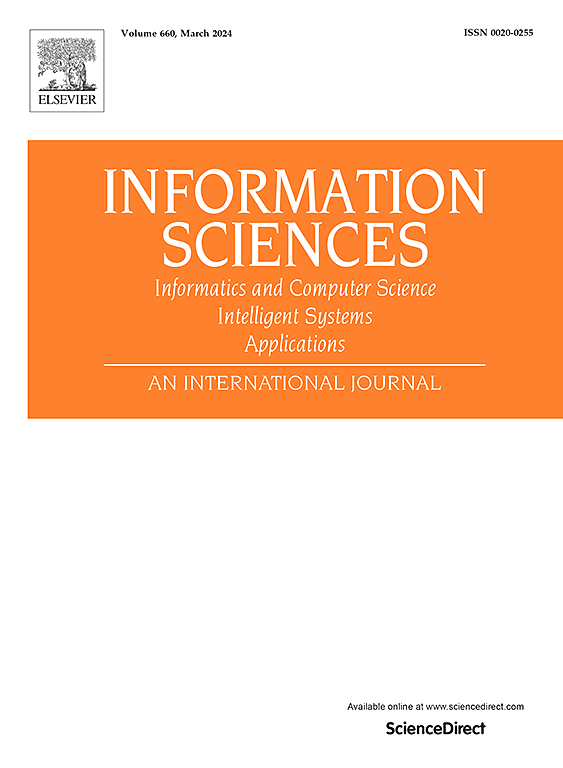基于知识嵌入的可解释乳腺癌病理诊断辅助模型
IF 8.1
1区 计算机科学
0 COMPUTER SCIENCE, INFORMATION SYSTEMS
引用次数: 0
摘要
病理诊断是癌症诊断的金标准。为了提供可靠的病理诊断,本研究提出了一种基于知识嵌入的病理图像诊断模型。该模型通过嵌入领域知识,有效地指导病理诊断特征的学习,提高了学习效率。在此基础上,局部应用非负矩阵分解(NMF)。NMF作为一种功能强大的特征分解方法,可以有效地从图像中提取局部模式和纹理信息,增强了特征表示能力,进一步增强了模型捕捉关键特征的能力。最后,通过对模型计算步骤的反向演绎,推导出模型的决策依据,为临床医生提供清晰的诊断推理。在私有和公共数据集上的验证结果表明,与传统模型相比,该方法的准确率(ACC)提高了15.8%,F1分数提高了15.4%。与其他方法的比较突出了ICAM的鲁棒性,并强调了其相对于其他基于变压器的方法的潜在优势。此外,通过清晰的视觉解释揭示了模型的决策原理,与临床观察结果一致,显示了模型的实用性和临床参考价值。本文章由计算机程序翻译,如有差异,请以英文原文为准。
ICAM: An interpretable auxiliary model for the pathological diagnosis of breast cancer based on knowledge embedding
Pathological diagnosis is the gold standard for cancer diagnosis. To provide reliable pathological diagnoses, this study proposes a pathological image diagnostic model based on knowledge embeddings. The model effectively guides the learning of pathological diagnostic features by embedding domain knowledge, thereby improving its efficiency. On this basis, nonnegative matrix factorization (NMF) is applied locally. As a powerful feature decomposition method, NMF can effectively extract local patterns and texture information from images, enhancing the capability of representing features and further strengthening the model's ability to capture key features. Finally, the decision basis of the model is derived through backward deduction of the model's computational steps, providing clear diagnostic reasoning for clinical doctors. The validation results on both private and public datasets show that, compared with conventional models, the proposed approach improves the accuracy (ACC) by 15.8% and the F1 score by 15.4%. The comparison with other methods highlights the robustness of ICAM and underscores its potential advantages over other transformer-based approaches. Additionally, the model's decision-making rationale is revealed through clear visual explanations, which are consistent with clinical observations, demonstrating its practical utility and clinical reference value.
求助全文
通过发布文献求助,成功后即可免费获取论文全文。
去求助
来源期刊

Information Sciences
工程技术-计算机:信息系统
CiteScore
14.00
自引率
17.30%
发文量
1322
审稿时长
10.4 months
期刊介绍:
Informatics and Computer Science Intelligent Systems Applications is an esteemed international journal that focuses on publishing original and creative research findings in the field of information sciences. We also feature a limited number of timely tutorial and surveying contributions.
Our journal aims to cater to a diverse audience, including researchers, developers, managers, strategic planners, graduate students, and anyone interested in staying up-to-date with cutting-edge research in information science, knowledge engineering, and intelligent systems. While readers are expected to share a common interest in information science, they come from varying backgrounds such as engineering, mathematics, statistics, physics, computer science, cell biology, molecular biology, management science, cognitive science, neurobiology, behavioral sciences, and biochemistry.
 求助内容:
求助内容: 应助结果提醒方式:
应助结果提醒方式:


